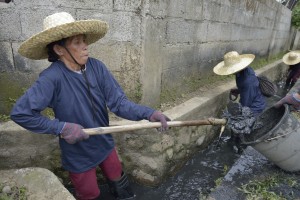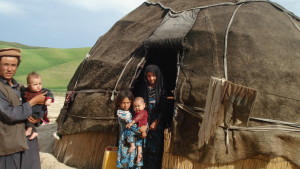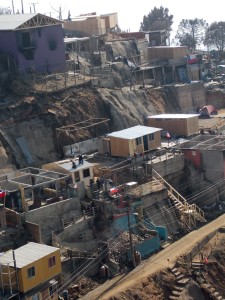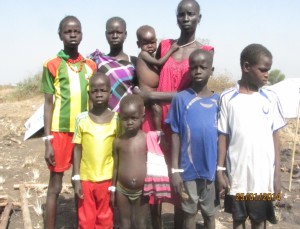
Ida Yabigail, 52, helps to clean up her community following Typhoon Haiyan, removing refuse from blocked drainage ditches as part of a cash for work program sponsored by Lutheran World Relief, a member of the ACT Alliance. Her neighborhood in Ormoc, a city in the Philippines province of Leyte, was hit hard by the typhoon, known locally as Yolanda, in November 2013. LWR and other ACT Alliance members have been providing a variety of forms of assistance to survivors here.
Lutheran Disaster Response has provided a second installment of $1 million to Lutheran World Relief to continue Typhoon Haiyan recovery work in the Philippines.
Typhoon Haiyan, one of the strongest recorded storms in history, struck the Philippines in November, impacting more than 14 million people and destroying more than 1 million homes. Lutheran Disaster Response, working with our partner, Lutheran World Relief, responded immediately with an initial $1 million. Early recovery projects have included cash-for-work debris removal, shelter kit distribution and food distribution.
This second contribution will be used for long-term work of restoring livelihoods. Many industries suffered in the wake of Typhoon Haiyan, and the livelihood rehabilitation projects will help offer opportunities in the fields of fishing, seaweed farming, boat repair, and coffee and cacao production.
A disaster risk reduction and climate change adaptation component will be integrated into all of the livelihood rehabilitation activities to help build capacity and agriculture and food security among the participants.
Lutheran Disaster Response’s work in the Philippines is done in coordination with Lutheran World Relief, along with the National Council of Churches in the Philippines and other ecumenical partners. Working with our partners allows Lutheran Disaster Response to extend the help of the people of the ELCA.
Thanks to your outpouring of generosity, Lutheran Disaster Response was able to assist in the immediate recovery after Typhoon Haiyan, and now in the later phase of rebuilding. We as a church are committed to sustainable recovery, and we will continue to work with our brothers and sisters in the Philippines until the work is done. We stay until the very end.
If you would like to support Lutheran Disaster Response’s work in the Philippines, please visit the typhoon giving page.
We give thanks for the outpouring of love and support for the people of the Philippines. Protect and support them. Lord, in your mercy, hear our prayer.





